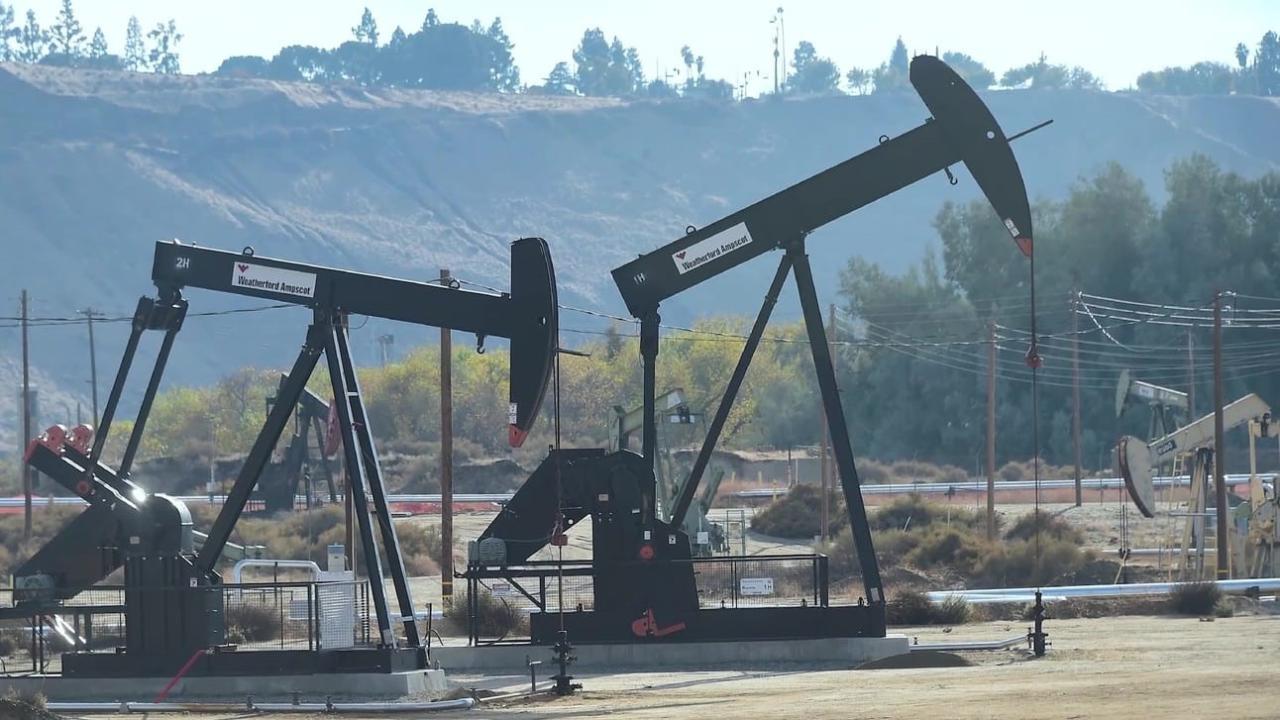
Market Minute: 2025 Crude Outlook: A Grim Forecast... But Is There Hope?
For energy traders, it’s no secret that the energy markets have been under considerable pressure over the past three months. Global demand remains tepid, with Germany’s economy teetering on the edge of recession and China’s recent stimulus measures underwhelming market expectations. Unfortunately, this bearish sentiment shows little sign of abating as we head into 2025.
One telling signal came from OPEC+ last week: the cartel delayed its planned production increase of 180,000 barrels per day, initially set for December, citing weak demand. At the same time, OPEC+ awaits corrective actions from Iraq and Kazakhstan for their overproduction throughout 2024. Although much of the demand issue has been attributed to China, the United States' rising production over the past three years has also taken many physical oil traders by surprise.
This overproduction risks sparking a new kind of "production war," reminiscent of the 2013-2014 shale boom and bust. Smaller OPEC+ nations, struggling with the impact of reduced oil revenue on their GDP, may feel pressured to ramp up production aggressively, risking a price war. For consumers, this could mean lower prices if oil breaches the critical $65 per barrel mark; however, such a decline would likely signal broader economic weakness, with potential ripple effects across global markets.
Interestingly, while the market often singles out China as a key factor behind anticipated demand drops, it’s clear they’re not the only driver. The U.S., for example, has quietly built up its output, adding to global supply pressures. This situation poses an often-overlooked but significant risk for 2025: a supply surplus could overwhelm demand and strain market prices.
Looking ahead, the International Energy Agency (IEA), U.S. Energy Information Administration (EIA), and OPEC have all reduced their 2025 demand forecasts. Yet, their production targets remain largely unchanged. If energy companies pivot toward margin preservation rather than infrastructure expansion, we may see these production forecasts cut in line with weaker demand expectations—potentially offering some relief to markets but also underscoring the fragile outlook for 2025.
Featured clips




Charles Schwab and all third parties mentioned are separate and unaffiliated, and are not responsible for one another's policies, services or opinions.

